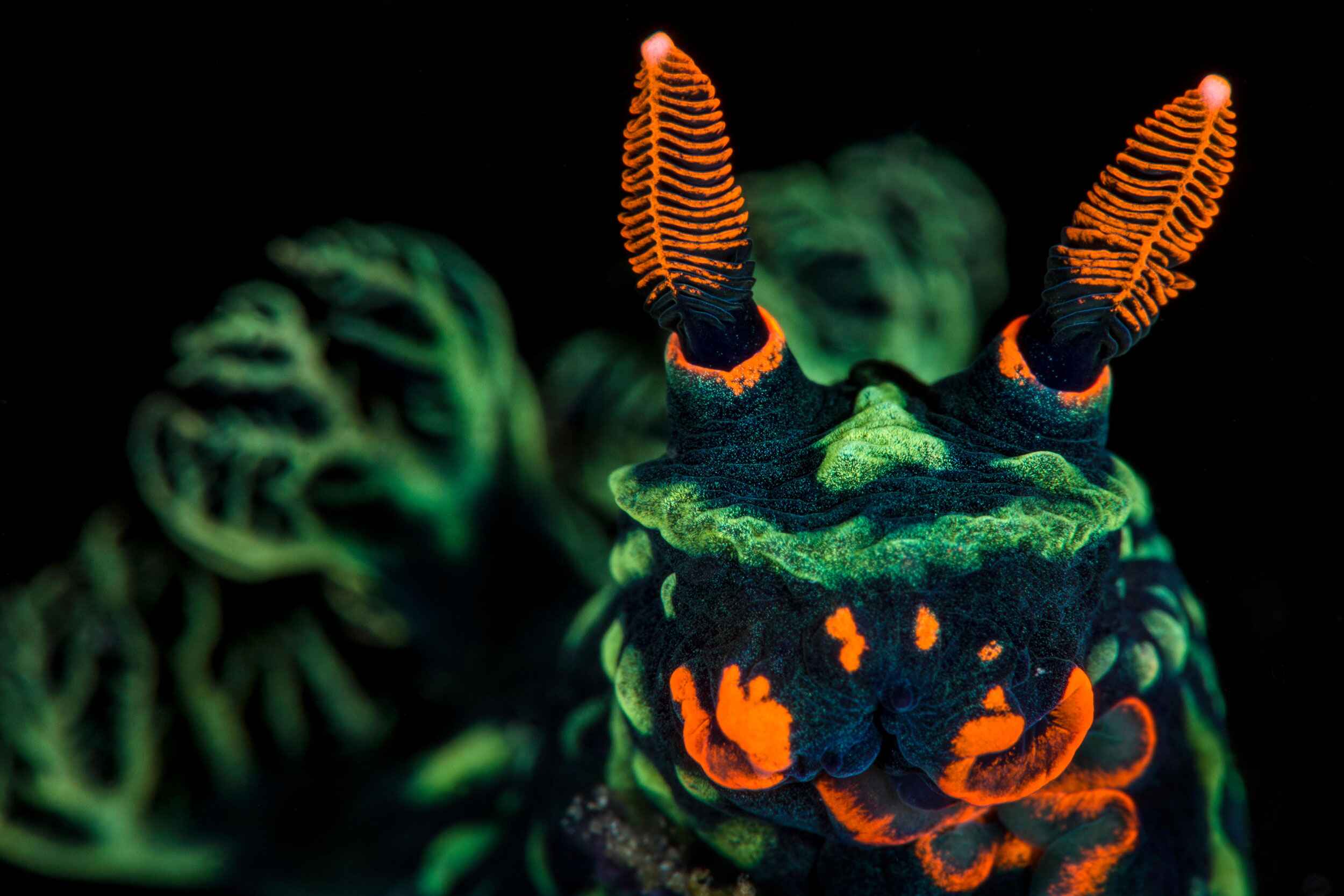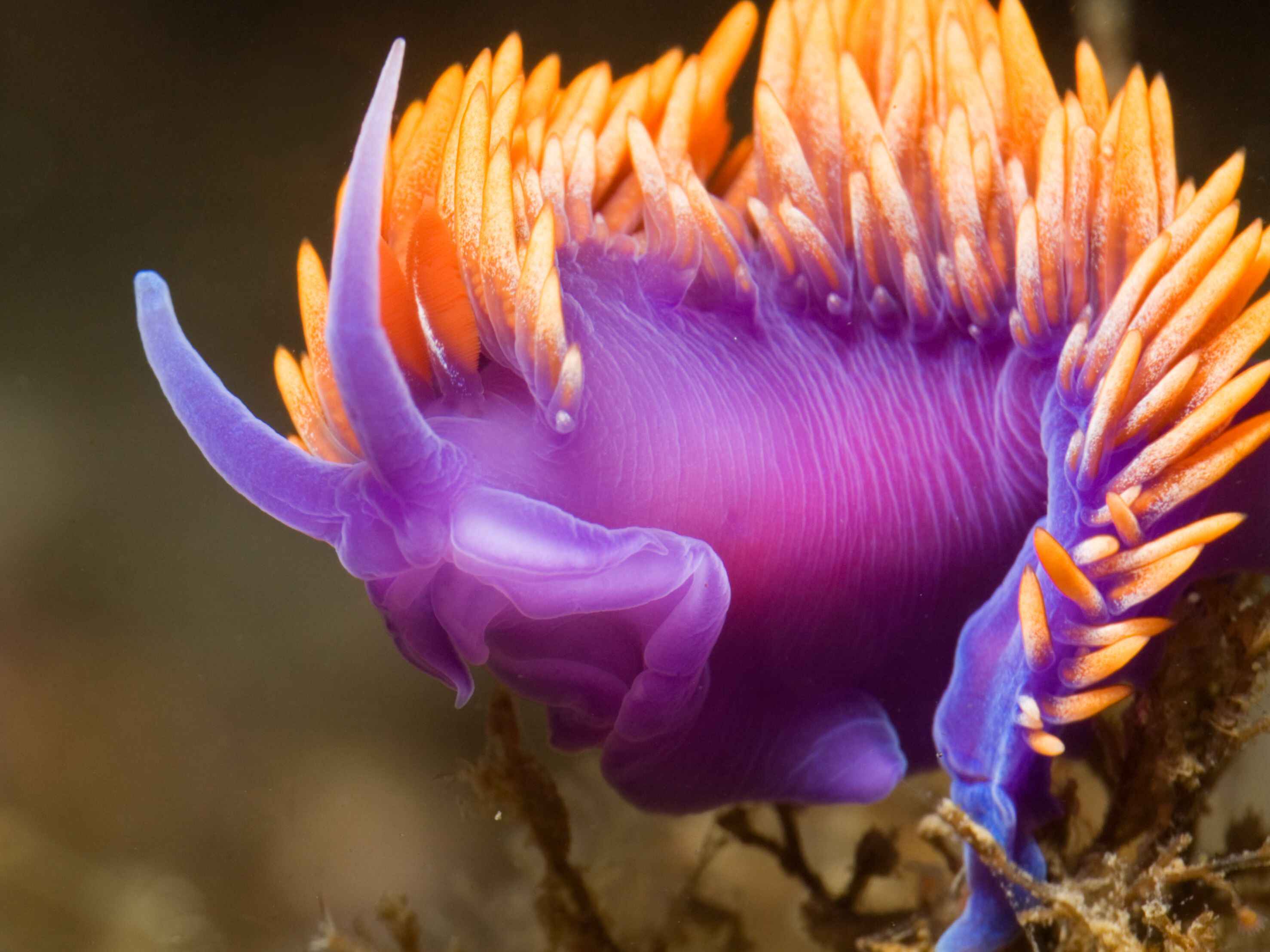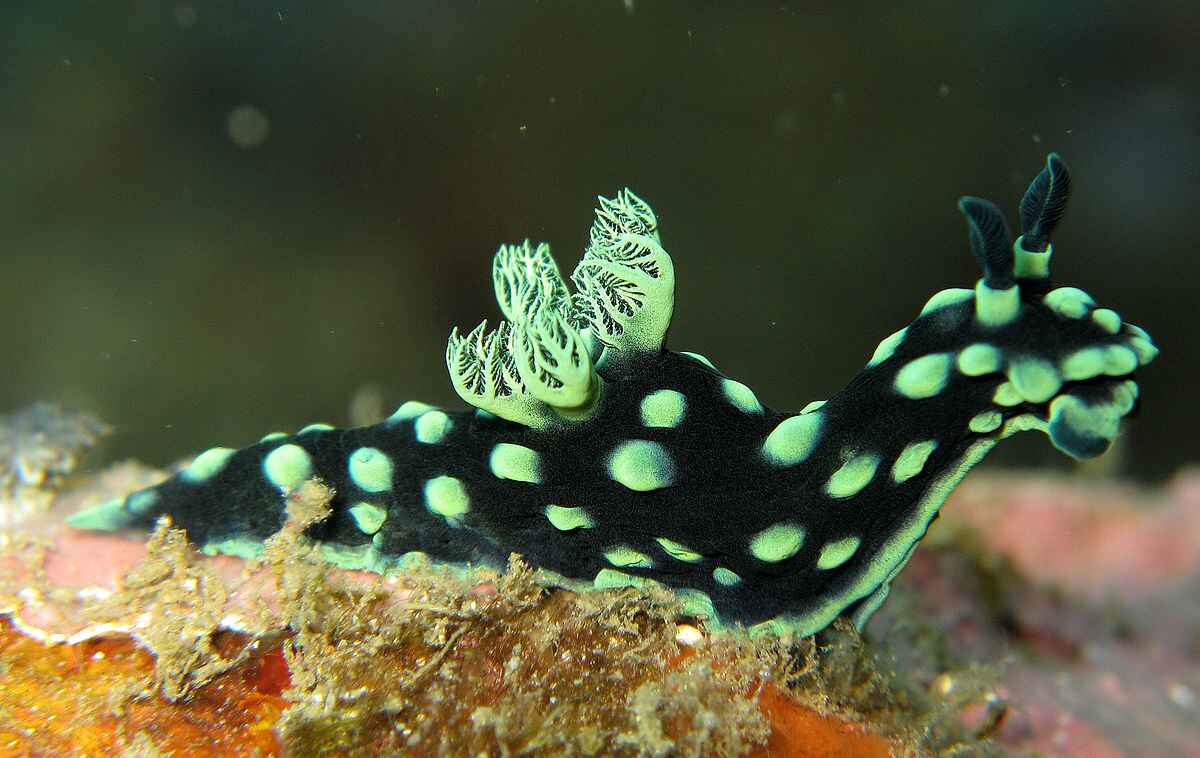
Jumpers in the Maldives are all around very acquainted with the post-plunge chat about the extraordinary stuff, like sharks and mantas, and furthermore with the top to bottom depiction of where to discover a frog fish or leaf fish on certain plunge locales… yet get on a boat with a gathering of large scale fans and the subject of discussion can all the time go to nudibranchs.
Typically, when individuals think the word slug, they envision something foul and terrible, however this isn't the situation with regards to jumping. Nudibranchs is a sort of ocean slug, really addressed by each tone or mix of tones, and lovely. They are likewise every submerged miniature picture taker's fantasies! Albeit the greater part of their lives are fairly little, the nudibranous is astounding to such an extent that it effectively makes up for the absence of size.
To a firsttime jumper it very well may be difficult to perceive what is the issue here – a little, now and again bright, slug-like animal gradually getting across the reef – an appreciation for the excessively little stuff like nudibranchs regularly accompanies insight. To recognize these lovely animals it is important to have a sharp eye and to jump gradually, very near the reef.
Here are 10 pretty dangerous realities that you probably won't think about the nudibranchs.
1

Nudibranch comes from the Latin word 'nudus' and the Greek word 'brankhia', signifying 'exposed' and 'gills', separately. This name plainly legitimizes its appearance, in light of the fact that a little lump looking like petals toward the finish of a slug is only (bare) gills.
2

This gathering of marine gastropod mollusks has in excess of 3,000 species that live from shallow water to profundities of 2,500 meters. They can be found in tropical and mild oceans and even in Antarctica, despite the fact that they favor warm reefs more. The biggest, enlisted ocean slug, was the "Spanish Dancer", 52 cm since quite a while ago found in the Red Sea.
3

A few kinds of nudibranchs are noxious, while others claim to be harmful, as can be seen from their splendid tone. This bright disguise impeccably covers creatures against corals, wipes and other fouling. For concealing is frequently utilized and the state of the body, which handily copies the substrate on which this species happens regularly. They feed on hydroid cells and store them in the rear of the body for insurance. They can likewise retain poisons from wipes and become harmful and unappetizing. A couple of slug types are fit for delivering their own synthetic compounds, most really taking them from the food sources they eat. Frog fish fry utilize this property for their potential benefit and emulate the nudibranch when they are still little and helpless. Follow the way of nudibranch!
4

At any rate two sort of nudibranchs can really make sounds that are heard by the human ear! Researchers in 1884, in their examinations, detailed the hints of slugs put in an aquarium that looked like tapping with a wire over a can, rehashed at spans. It isn't known whether these sounds are made to ensure, pull in an accomplice, or for different reasons.


















